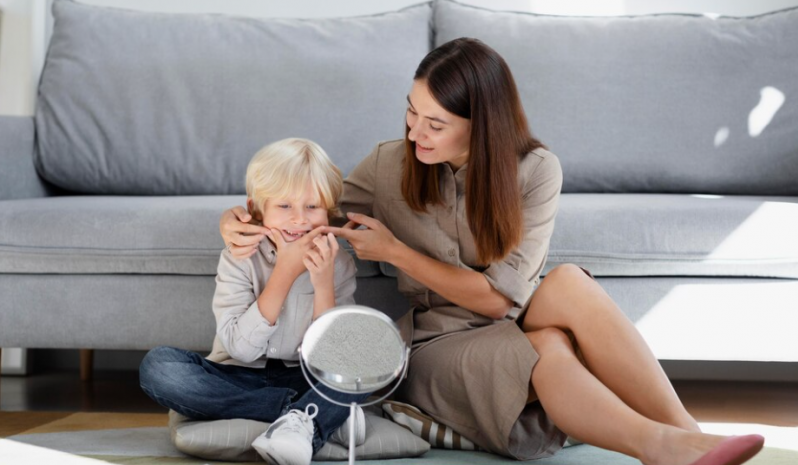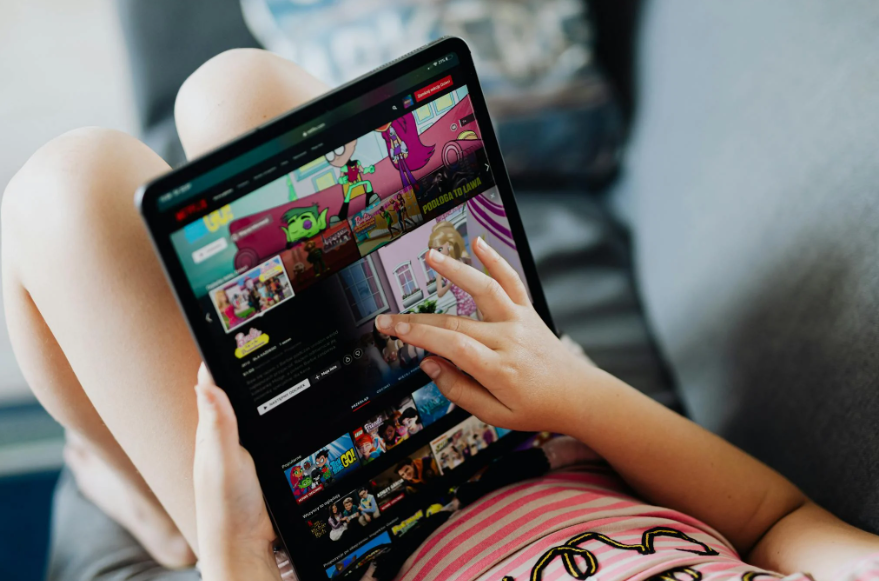What Is Sittervising and Why Do You Need to Try It Out ASAP?

© freepik
If you are a parent, you know the struggle of constantly searching for reliable and convenient childcare solutions. But with all of the options out there nowadays, it can get tricky to make the right choice. There are kindergartens galore out there and even plenty of babysitters to choose from. But, aren’t you tired of the traditional ways of finding a babysitter for your children? Have you ever considered trying out “sittervising”? If you haven’t heard of this innovative approach to child care, now is the time to learn more about it!
What Is Sittervising?
“Sittervising” is a parenting strategy coined by Susie Allison, MEd, a mother of three and blogger at Busy Toddler. It involves sitting down while supervising children during play, creating a healthy distance between parent and child. This approach allows children to develop independent play skills while still having the reassurance of parental presence if needed.

Allison came up with the term one morning while sitting on her couch, enjoying a moment of relaxation as she listened to her toddler play. She jokingly combined “sitting” and “supervising” to create “sittervising.” After sharing the concept on her blog and social media, it quickly gained traction and went viral. Parents embraced the idea as a way to engage with their children while also taking a much-needed break for themselves.
How Does Sittervising Function?
“Sittervising” emphasizes that parents don’t always need to actively participate in their child’s playtime. It allows children to engage in independent play without adult interference, fostering their play-learning process. For parents, it provides valuable time for rest or completing tasks, reducing stress and burnout.

“Sittervising” doesn’t necessarily mean physically sitting down; it’s about parents actively choosing to let their children play independently while they focus on other tasks. Susie Allison clarifies that while the term suggests sitting, it encompasses various activities like doing laundry, checking emails, or cooking. The essence is to alleviate “mom guilt” and allow parents to recharge, knowing that independent play benefits everyone. Allison emphasizes that being rested makes for better parenting.
How Does Sittervising Benefit Children?
Sittervising promotes children’s independence and self-sufficiency by allowing them to explore their environment and activities with a trusted adult nearby, according to Laura Petix, a pediatric occupational therapist. This approach is particularly beneficial for neurodivergent children and those experiencing separation anxiety, as it provides a safety net while still encouraging autonomy.

Alexis Zamchick Farber, a mom and doula, observed improved socialization skills in her child through sittervising, noting that children have more opportunities to interact with their peers when parents provide space for independent play. Sittervising not only fosters independent play but also facilitates children’s interaction with their surroundings, including other children, by allowing them more freedom to explore.
What About Parents?
“Sittervising” doesn’t equate to lazy parenting, according to Susie Allison. It acknowledges that parents don’t have to constantly engage with their children to be good parents, allowing for a healthy balance between playtime and other responsibilities. Sittervising can foster secure attachment in children, promoting healthy parent-child relationships. Additionally, it serves as a protective measure against parental burnout, which can lead to emotional exhaustion and decreased happiness.
Are There Any Cons?
“Sittervising” is not an all-or-nothing approach to parenting. While it encourages giving children space to play independently, there are appropriate moments when parental intervention is necessary, such as when safety is a concern. Parents should also recognize that their interactions with their children throughout the day, such as dressing, feeding, and comforting, contribute to a healthy parent-child relationship. Additionally, sittervising actively teaches children how to play alone and develop self-sufficiency, important skills for early childhood development.
Will you be trying out sittervising any time soon?
You might also want to read: The Four Parenting Styles and Their Impact on Children



